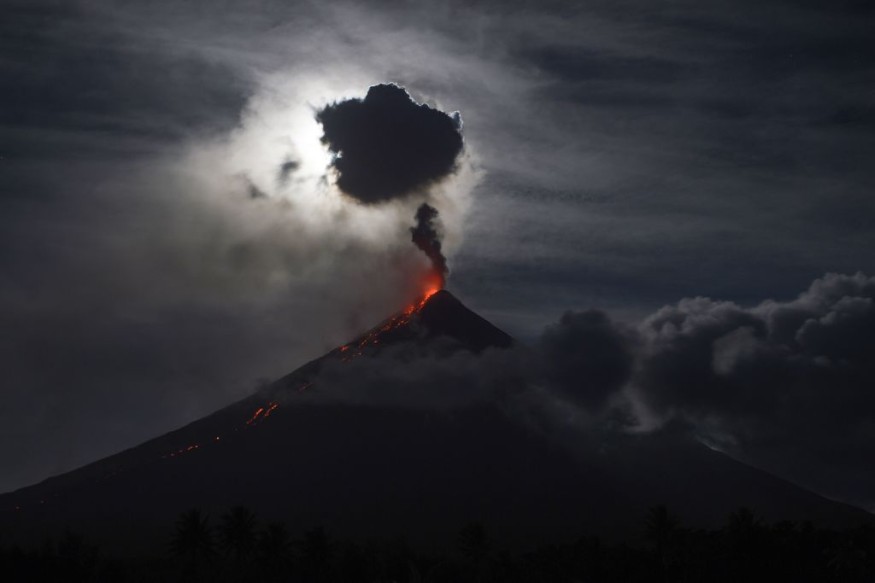Volcanoes on the Moon were still erupting 2 billion years ago, which is 1 billion years earlier than scientists have previously thought, according to a new study based on the observations found by China's Chang'e 5 rover as part of the Chang'E-5 (CE5) mission.
The breakthrough discovery suggests that lunar volcanism was still active until 2 billion years ago, younger than previous lunar data available.
For years, scientists and space enthusiasts have a long-held notion that volcanic eruptions are not only for Earth and other hot planets but also for moons.
For instance, astronomers found for the first time Neptune's moon Triton to have active volcanoes.
In the case of Earth's Moon, geological and astronomical knowledge of lunar volcanic eruptions were not as clear decades ago.
In fact, it was also earlier this year when a separate yet related study found that ancient lunar volcanoes existed and may provide drinking water for future space travelers.
Also covered by Nature World News in May 2022, these volcanic eruptions on the Moon created a temporary atmosphere with water vapor that last for only millions of years, which is short enough based on the astronomical timescale.
Now, the new research furthers our understanding of the Moon and the history of lunar volcanism, as well as the its mantle relative to Earth and other planets' inner core.
The findings also served as an update of old lunar data since the last lunar samples from the Apollo missions took place approximately 50 years ago.
Moon Volcanic Eruptions

The new study was published in the journal Science Advances on October 21, wherein researchers from China determined that a "fusible mantle cumulates" cause young mare volcanism on the cooling state of the Moon.
The findings about the 2-billion-year-old lunar volcanic eruptions highlights the unknown fact of how the small Moon retained substantial heat enough to reach late volcanism.
However, the study shows that the answer lies in the collected lunar samples of the Chang'e 5 rover.
Researchers compared the volcanic minerals found by the two lunar missions and found one stark key difference: the newly collected minerals or lunar lava samples had a slightly lower melting point, as summarized by Live Science.
Previous samples from the Apollo mission suggests the Moon's minerals dates back to around 3 billion years ago.
However, the Chang'e 5 rover in December 2020 collected the new samples from the nearer side of the Moon.
China's collected samples were safely returned to Earth packed inside an airtight capsule.
After analysis of the collected moon rocks, researchers at the Chinese Academy of Sciences discovered the lunar samples contained volcanic minerals dating back to 2 billion years ago.
Ancient Lunar Volcanoes
In May, a paper was published in The Planetary Science Journal where researchers clarified our lack of knowledge of the abundance, distribution, and origin of water ice at the lunar poles; which have been determined to be a likely result of volcanic outgassing or volcanic eruptions of volatiles from the lunar interior and condensation of erupted water vapor.
This said study used a hypothetical model instead of physical sampling.
Still, it showed that lunar volcanic eruptions billions of years ago contained large amounts of H20 mass.
© 2025 NatureWorldNews.com All rights reserved. Do not reproduce without permission.





